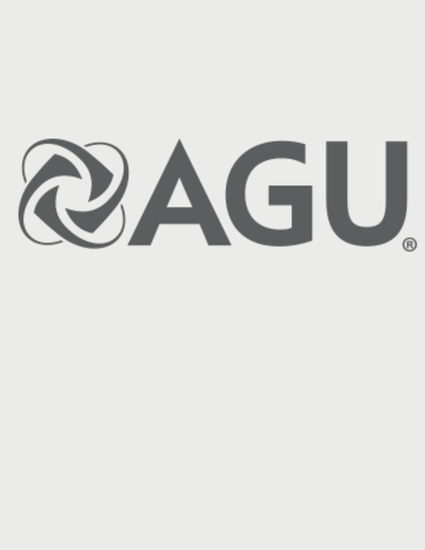
Presentation
Linking Global and Local Socio-Economic Drivers of Land Use and Land Cover Change in an Agent-Based Model
American Geophysical Union Fall Meeting
(2019)
Abstract
Assessing regional to global climate change impacts requires plausible scenarios of land use and land cover change (LULCC) at spatiotemporal scales appropriate to coupled land-atmosphere modeling. Modeling land use at these scales necessitates incorporating complex social dynamics that are often simplified for large-scale simulations. Simulating LULCC requires characterization of decision-making process of relevant actors, the dependence of their decision on the biophysical system, their ability to react and adapt to environmental changes, and their plausible behaviors in response to changes in those conditions. Agent-based models are a useful tool to represent these dynamics because they provide a flexible framework that can represent multi-scale interactions, and heterogeneous information networks and sources. However, representing each individual in a system is computationally infeasible at large spatial scales. Agent functional types (AFTs) mitigate some of this challenge by grouping individuals with similar beliefs, values, and decision-making strategies. Allowing for variation in decision-making processes creates multiple scenarios of LULCC which might depart from historic patterns. We examine how AFTs can be used to represent heterogeneity in land use and crop choices in a diverse agricultural valley, while being driven by global crop markets. These agents allow us to dynamically downscale global market forcings from models such as the Global Change Assessment Model as a function of local social processes. Here, we present model results for an area in southwest Idaho, USA where clear external pressures exist. The study region is of national and global significance in terms of seed crop production while a rapidly expanding metropolitan area is providing increased pressure on land use. As such, the region presents a relevant intensive study area because of the range of external forces driving LULCC.
Disciplines
Publication Date
December 10, 2019
Location
San Francisco, CA
Citation Information
Kendra Elena Kaiser, Alejandro N. Flores and Vicken Hillis. "Linking Global and Local Socio-Economic Drivers of Land Use and Land Cover Change in an Agent-Based Model" American Geophysical Union Fall Meeting (2019) Available at: http://works.bepress.com/kendra-kaiser/16/
